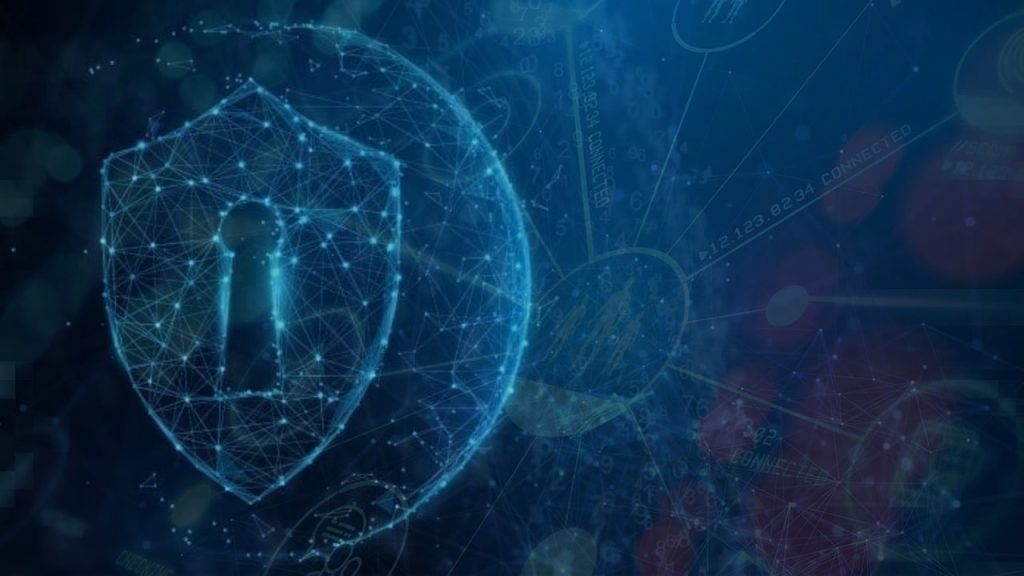Government organizations have ample motivation to secure their networks, devices and infrastructure: Ransomware targets 58% of public-sector entities each year, and it costs them each more than $2 million, on average, to get up and running again. According to Jared Vichengrad, Head of Public Sector for Check Point, that’s largely because agencies struggle with legacy systems.
“Public-sector organizations just can’t buy the latest and greatest” technology, he noted. Budget restrictions, procurement obligations and workforce challenges heavily affect their abilities.
Educational Imperative
But continuous learning can help alleviate employee training gaps that pose cybersecurity risks. Vichengrad stressed the need for ongoing educational opportunities, including tabletop exercises, workshops, certifications and accreditations, conversations with industry experts, and training programs, such as those that Check Point offers.
Agencies also must think about the next generation of public-sector employees, he said. As cyberattacks take place with more frequency and intensity — and technology evolves almost daily, it seems — organizations must ensure that the next wave of government workers knows what it needs to do. One approach, Vichengrad said, is through Secure Academy, in which Check Point partners with higher learning institutions to provide comprehensive security education.
AI Innovations
It’s nearly impossible to leave artificial intelligence (AI) out of an IT-related conversation, and with good reason. “We’ve seen AI adoption grow faster than any other technology out there,” observed Vichengrad, “and AI is only going to become much more relevant in public-sector organizations.”
Among other innovations, AI tools are transforming the cybersecurity world. For instance, Check Point’s ThreatCloud AI scours the globe for cyber threats, and the company’s Infinity AI Copilot relies on generative AI to provide real-time guidance and analysis during a security breach, so that agency staff can correct the problem.
“Our AI Copilot can assist security analysts by automatically correlating the data, suggesting remedies … and then predicting future threats based on … deep learning,” said Vichengrad. The products leverage the capabilities of 50-plus machine learning engines, he added, and are included in Check Point’s larger Infinity Platform, which unifies all security and management tools under a single dashboard.
Best Practices
At a basic level, agencies need a consolidated, enterprisewide approach to securing all their networks, Vichengrad said. “The cloud, mobile [devices], endpoints, the Internet of Things — it’s not just one thing anymore,” he explained. “We really have to look at optimizing the full environment to prevent any threats … and really consolidate the security architecture to reduce any management challenges, as well as reduce costs.”
Additionally, Vichengrad believed agencies should pursue public/private partnerships because although private entities such as Check Point don’t perform daily organizational tasks, “we really know the challenges and pain points that [agencies] are dealing with, and we’re there to help.”
“We’re all customers of the state that we live in, the city, the federal government [and] the schools, and are really [about] making sure that [those entities] have the expertise and resources to keep running,” he said.
This article appeared in our guide, “How to Build a Cyber-Savvy Workforce.” To learn more about improving cyber literacy and security at your agency, download the guide here:
